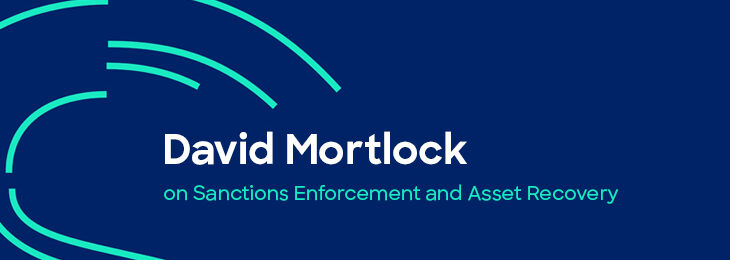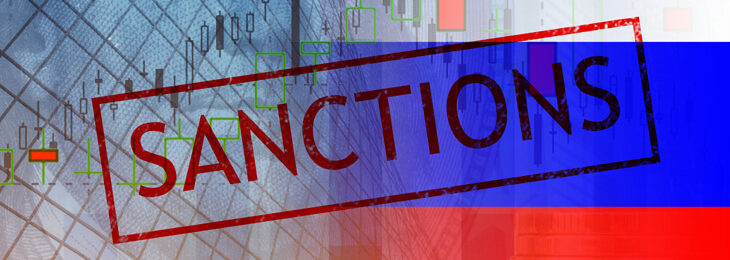
The collapses of several crypto-assets businesses this year—FTX’s bankruptcy and ensuing scandal being the most recent—have sent the crypto industry into a tailspin. In this installment of our Four Questions column, Joby Carpenter—ACAMS’ global subject matter expert on crypto-assets and illicit finance—talks to ACAMS Today about the impact these notable fiascoes have had so far on crypto and what effect he expects them to have on future regulation and oversight of the industry.
ACAMS Today (AT): It has been quite a year for the crypto-assets industry, with several virtual asset service providers (VASPs) and crypto-related businesses filing for bankruptcy, most dramatically FTX last month. What does this spate of bankruptcies say about the ongoing viability of crypto?
Joby Carpenter (JC): The crypto-asset sector, as we have known it over the last few years—being primarily a platform for speculatively buying and selling tokens through centralized service providers offering bank-like services—is teetering on the edge of a precipice. Everything that was assumed about crypto markets has been turned on its head, with FTX being the latest scandal to highlight unworkable business models and allegedly fraudulent activity, with indictments indicating associated money laundering and market abuse. Regulators, policymakers and investors alike have an equal stake in ensuring that the enabling factors that allowed this to happen are bled out of the system.
AT: Is it accurate to say that a future for digital assets after these failures connects to the industry getting a regulatory scheme that brings digital assets into compliance with global anti-money laundering/counter-terrorist financing (AML/CTF) as well as prudential standards?
JC: The lack of a comprehensive global framework for regulating crypto-assets is a glaring anomaly. Only 12 months ago the global market capitalization for crypto was valued at over $3 trillion. Internationally, regulatory authorities reacted with different degrees of lethargy. While the Financial Action Task Force (FATF) mandated that crypto-assets be covered by AML/CTF legislation, that has been inconsistently implemented, with some jurisdictions standing out as black holes which criminals and complicit firms could operate from without fear of recourse. The European Union went the furthest with some measure of consumer protection and bringing stablecoins (such as Tether) into its remit.
But nature abhors a vacuum and consequently, too often, wider risk management is ignored. Regulation is only as good as its implementation, and the remaining gaps in the system for protecting consumers and client funds, guarding against market abuse and fraud, and ensuring sound financial management have tied regulators and law enforcement hands in effectively carrying out monitoring of a rapidly expanding sector with significant levels of risk present in the system.
AT: There are regulatory regimes in the making—the Market in Crypto-assets Regulation (MiCA) in the EU and a debate in the U.S. over who will have oversight for crypto. Will these efforts make crypto safer for the world and how do they get us to global oversight of crypto, which seems important since the flow of digital assets is not contained by borders?
JC: That’s the hope and is certainly where we are heading in the not-distant future. Multilateral watchdogs such as the Financial Stability Board (FSB) are preparing a blueprint to identify gaps in the system exposed in the collapse of FTX, Celsius and Three Arrows Capital in order to address their respective failings before they happen again.
But there remain questions that are not so easily resolved. How do you regulate decentralized or DeFi applications with no apparent physical footprint and no overall controller? What can be done to reduce the risk posed by decentralized mixing services such as Tornado Cash and how best to install circuit breakers in a fast-moving technology environment that has not always been effectively tested, audited or risk assessed? The pressure, over the coming months, on bodies such as the FSB to act quickly will be intense.
AT: What do DeFi and Web3 portend for the future of crypto and digital assets and what new regulatory challenges do they raise?
JC: The rise of blockchain technology and crypto-assets over the last few years has prepared the ground for the development of Web3. Web3 offers decentralized implementation of user-generated content and tokenization via the blockchain. Decentralized autonomous organizations and decentralized exchanges running on smart contracts could provide a form of governance in Web3. This raises questions around know your customer and customer due diligence procedures, as no personal information is required to access DeFi services, leading to questions around controlling authorities and relevant user data. That said, transactional data is stored on the blockchain, which can assist investigators in interpreting that data.
As for the metaverse, it aims to replicate—virtually but with all facets—the real world. As such, it is reasonable to expect that the metaverse will be subject to the same threats as the real world and additional new ones. Criminals will aim to steal money and digital assets from users. Scams might proliferate and, as ever, new projects and potentially profitable ventures will encourage snake oil salespersons. As technology gains momentum, so will the prospect of financial crime and other harmful activities. Regulators and compliance professionals must stay on top of trends and undertake adequate training to respond appropriately to emerging tech.
To submit topic ideas or comments, email editor@acams.org.
Interviewed by: ACAMS Today editorial, ACAMS, USA










